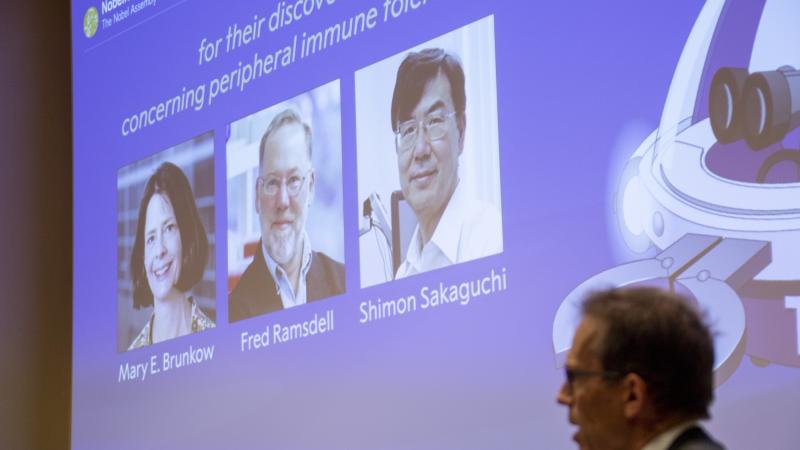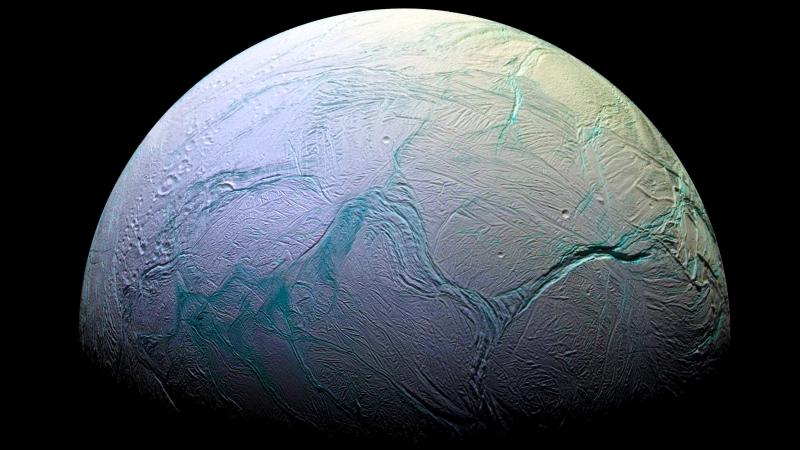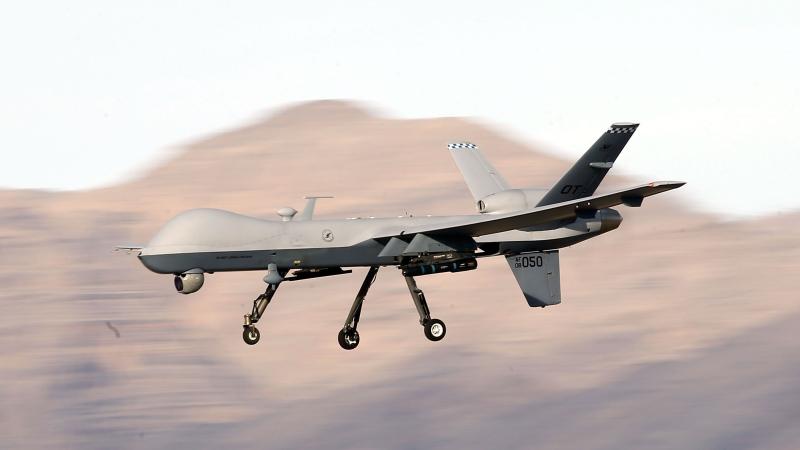Upcoming NASA rocket will attempt new headcount of the number of stars in the universe
Number has fluctuated up and down in recent years.
A NASA rocket set to launch on Sunday will use a novel scientific approach to attempt to discern just how many stars might exist in the massive totality of the universe.
Scientists have used estimates of the number of galaxies in the universe to gauge the range of stars that might be spread out across spacetime. Earlier estimates pegged the number of galaxies at around two trillion, though revised estimates have put the number significantly lower, at around 200 billion, greatly reducing the estimated number of stars throughout the firmament.
NASA's Cosmic Infrared Background Experiment-2 mission, anticipated to launch from New Mexico on Sunday, will attempt to answer the question by "detect[ing] the diffuse, cosmos-filling glow known as the extragalactic background light," NASA said in a press release this week.
The CIBER-2, which will launch on a sounding rocket from the White Sands Missile Range, will "survey a patch of sky about 4 square degrees" and report back on the level of background light, hopefully giving scientists data by which they can make more precise calculations regarding the universal star count.
"This background glow is the total light produced over cosmic history," Caltech physics professor Jamie Bock said in the press release. "Our method measures the total light, including from sources we haven't identified yet."














